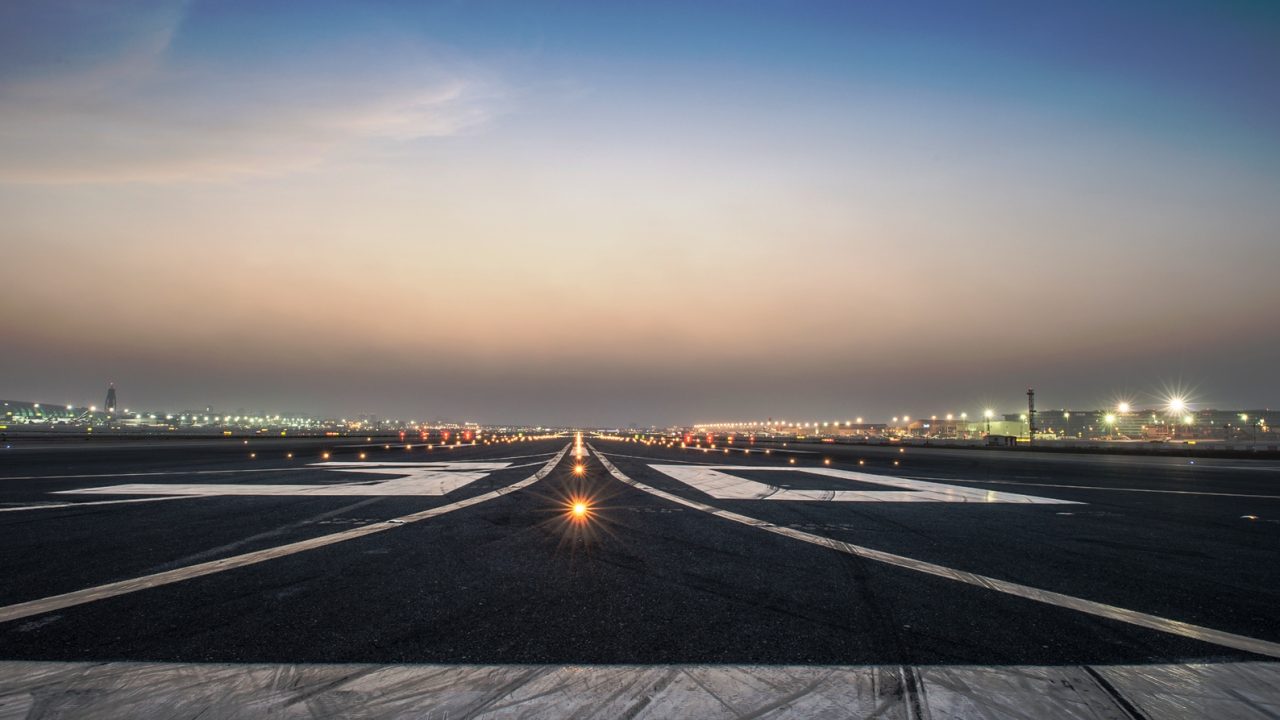Anyone who does anything in aviation will have to deal with the EASA. This gigantic organization is celebrating its twentieth anniversary this year – a great opportunity to see what this agency is involved in. What does that abbreviation stand for? And what does an Airbus A380 have to do with the EASA?
What does the abbreviation EASA stand for?
It stands for European Union Aviation Safety Agency. That’s a mouthful, and a very solid question for a pilot pub quiz. But that doesn’t tell you much, so let’s delve into the matter and see which processes in aviation the EASA puts its stamp on.
EASA’s broad range of tasks
The EASA was established by the EU in 2003 to create and enforce the highest possible and uniform aviation safety standards in the 27 EU Member States and in Norway, Switzerland, Liechtenstein and Iceland.
The range of tasks is enormous. Every day, more than 800 employees at EASA work on safe European aviation. The responsibilities can be divided into different categories:
Developing rules and standards
The organization plays the most important role in realizing rules and standards to make the airspace as safe as possible. The EASA conducts research and analyzes accidents, for example, on which they determine parameters and processes that end up in the regulations. This determines, among other things, how much distance is needed between aircraft in the air.
Certificates and checks
Products and aircraft
EASA issues certificates that approve a product or part to be allowed into the air. These are the so-called airworthiness certificates, and they apply to everything you can find on an airplane, from seats to a coffee maker.
Before an aircraft can go into production, a type of certification is required. Here the design of an aircraft is scrutinized, and the airworthiness of the whole is tested. From drawing up standards to checking a product, everything here is in the hands of the EASA.
According to the organization, by the end of 2005, after just 3 years of certification, 20,000 certificates had already been issued. The type certification of the Airbus A380 was undoubtedly the biggest milestone.
Certifying the crew
Not only the parts, but also personnel are inspected. This of course includes flight training, but also certificates for cabin crew. EASA compiles the content of these training courses and checks whether all standards are complied with. EPST’s ATPL courses are all EASA certified. The type and class ratings are also managed by EASA, with the Night Rating and the Instrument Rating being the most important.
In addition to certificates and diplomas, medical checks and their requirements are also a task.
Monitoring companies and manufacturers
In addition to certifying and inspecting products and personnel, aviation-related companies are also regularly inspected. Any company involved in the production or maintenance of aviation products falls under the scrutiny of the EASA.
A green future for aviation
In recent years, the ‘green’ aspect of aviation has become increasingly prominent. EASA’s mission here is to make European aviation as green as possible, with everything that entails. The EASA measures, conducts research and sets rules to reduce CO2 emissions in the industry, for example by promoting sustainable fuel: together with the EU, it has been determined that the industry will use at least 63% sustainable fuel in 2050. For comparison: this percentage is currently 0.05%.
To illustrate how broadly the EASA works: this sustainable fuel also requires a certificate from the EASA.

